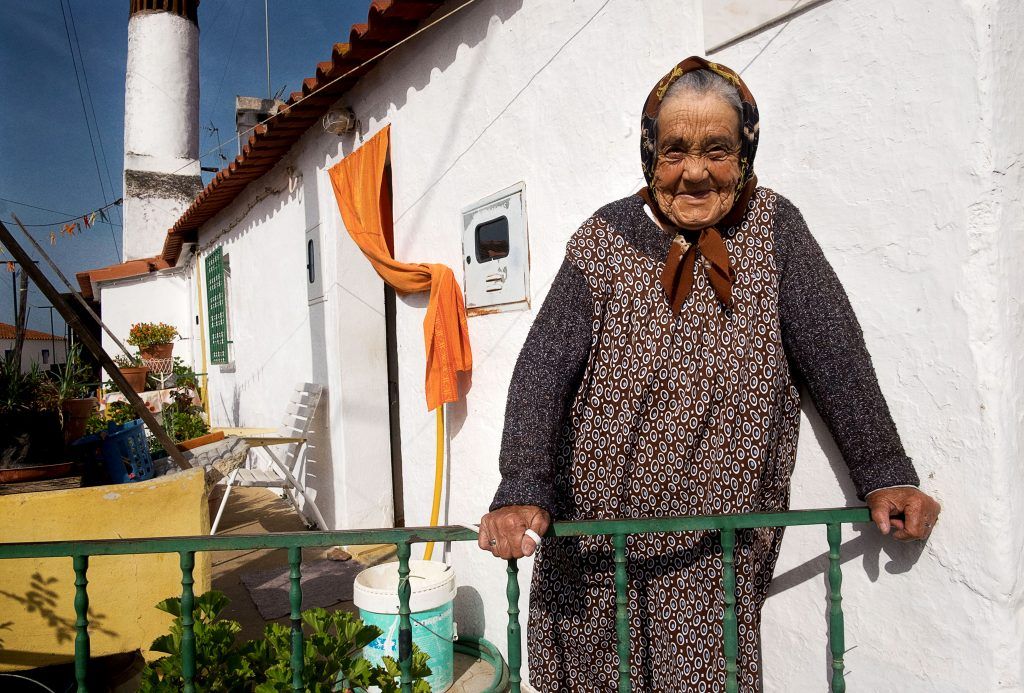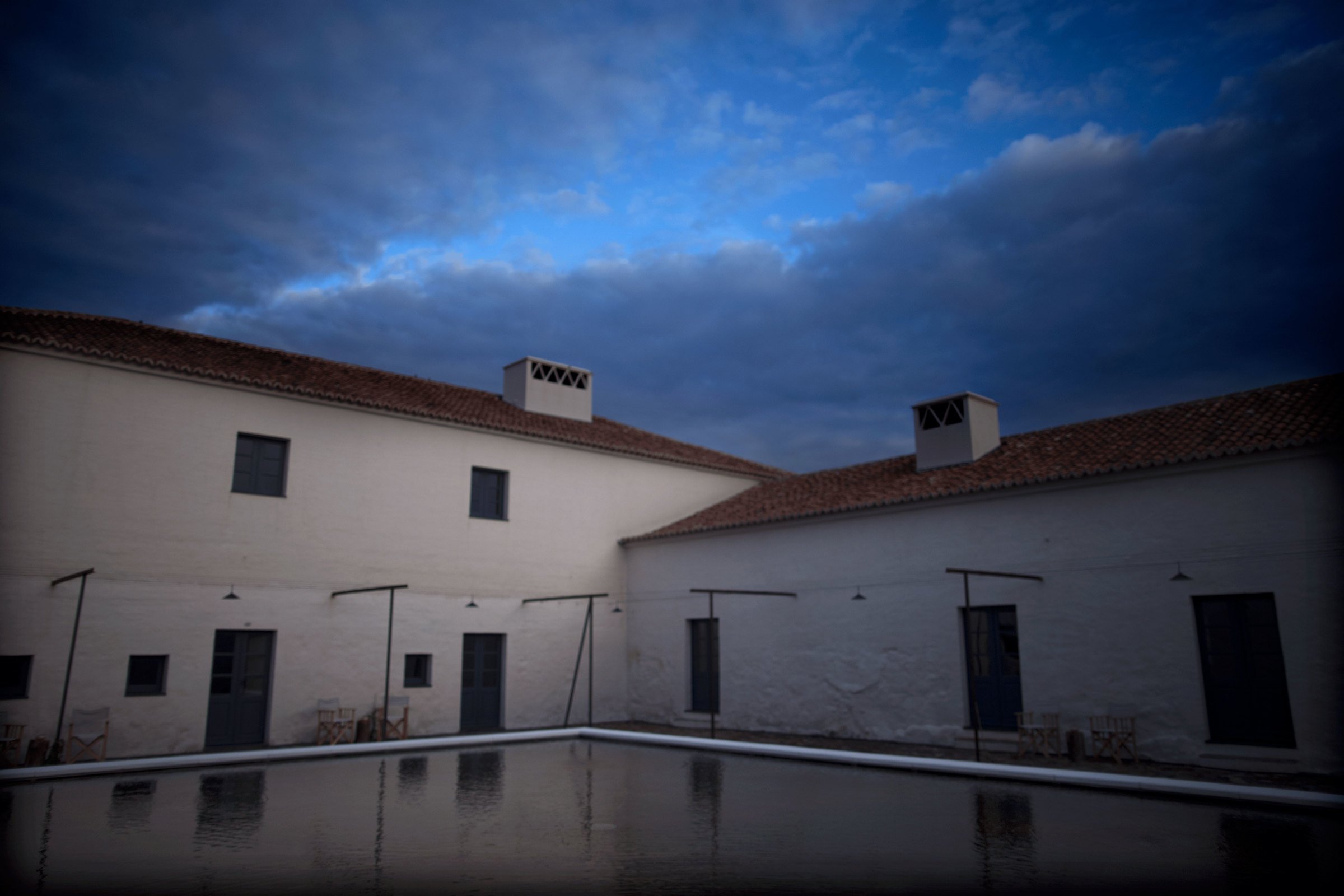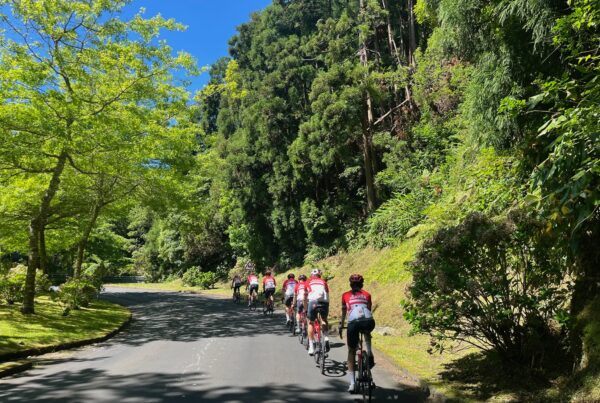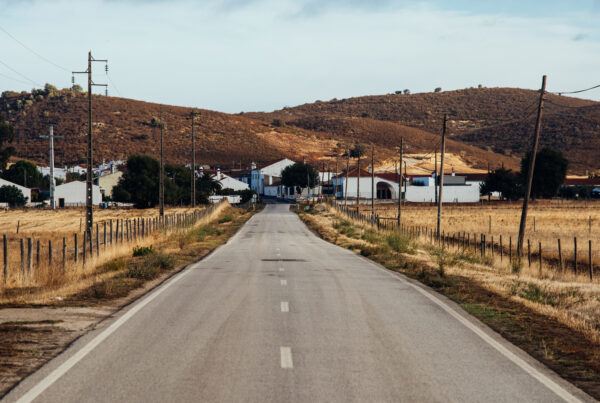In his 20s, José António Uva studied at the prestigious ESCP Europe business school in Paris and worked in the hectic world of London finance. He never dreamed that it would all lead back to his family’s ancestral farm in Alentejo. But with patience and a lot of hard work, he has transformed a crumbling property in southern Portugal into one of Europe’s most unique, and enchanting, destinations.
By José Uva, in conversation with Colin O’Brien
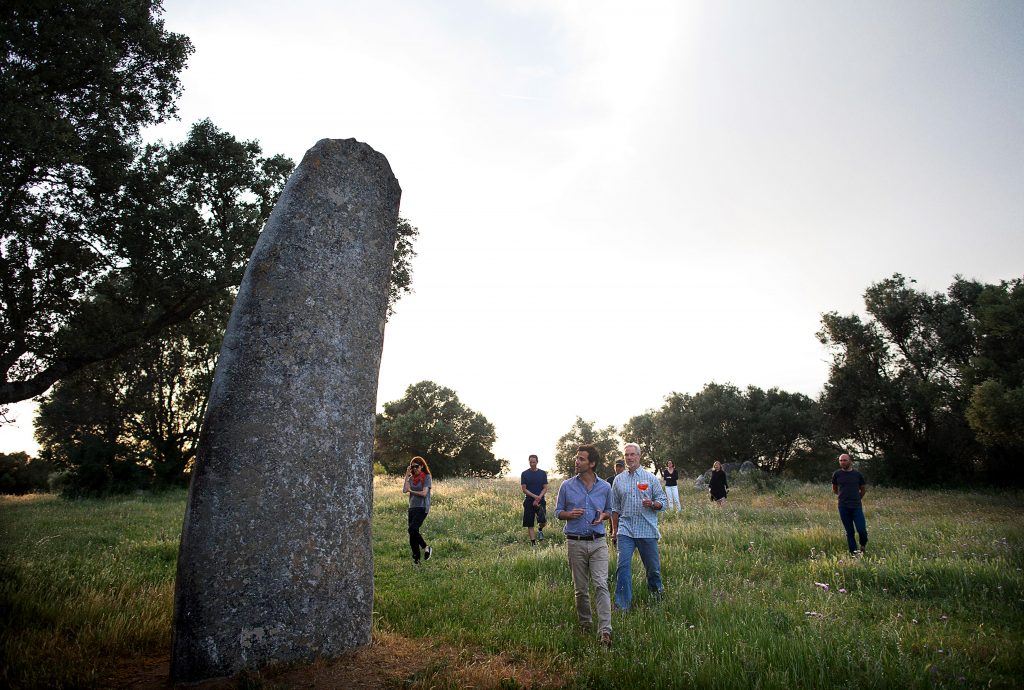
For a long time, Barrocal was something of a myth for me. The year I was born, 1975, the property was nationalized. Portugal had become a democracy in ’74, and after the first elections, a party with some very revolutionary ideas was elected into government. By decree, they nationalized banking, industry, and farming. At first, my father tried to resist, but when a warrant was issued for his arrest he had to flee the country, first to Spain and then for a time in Brazil. We kept our family home nearby, and I’d hear stories, about it being in the family for eight generations, about things my family had done there, but for the first 10 years of my life it was a place where we couldn’t go.
When we got it back, it was completely derelict. There were cats and pigeons and nothing else. By then, we were completely settled in Lisbon, I was going to the American school in the city and after that I studied in Paris before working in London, in banking, as one did in the late 1990s. In 2002, I decided to spend some time in Portugal. I didn’t know if it was going to be long-term or not at that stage. I went to Barrocal to see it with different eyes, trying to separate the reality of it from the myth, to see what it was really like. I started working with a historian, an archeologist, a landscape architect, a geologist, anyone who had something to say about the place, who could help me understand the place a bit better.
Looking into the history was incredible. During my research, I found that Oxford University had actually published a study called Portuguese rural society in the 1970s, written by José Cutileiro, a well-known Portuguese academic and diplomat, and it focused exclusively on the farm. Further back, I found out that the area also had a very rich neolithic history. We have a 7,000 year-old standing stone on the property, and 16 dolmens, which are megalithic tombs dating from somewhere between 4,000 and 3,000BC. Learning about everything that had happened to that landscape between then and now was fascinating.

There’s a small house that’s now by the pool. I moved into it and started some small projects, and after two years, I had most of the masterplan for what I wanted Barrocal to be. I knew I had to make it happen. I was young, 28, and I wasn’t sure how I was going to make it happen, but I was certain that it would work.
My finance background helped me to understand the numbers involved and how to make the deals, and when the financial crisis hit in 2007 we still hadn’t started building, which in retrospect was a stroke of luck. It gave us time to rethink things and to plan it better, so that we were really ready for it when we eventually began. It was important to me that the place be authentic, for everything to be done in an honest vernacular, not to be some kind of pastiche or reinterpretation of a family memory. It’s for today’s world, the life we have now. I didn’t want to create a theme park dedicated to an old farming community.
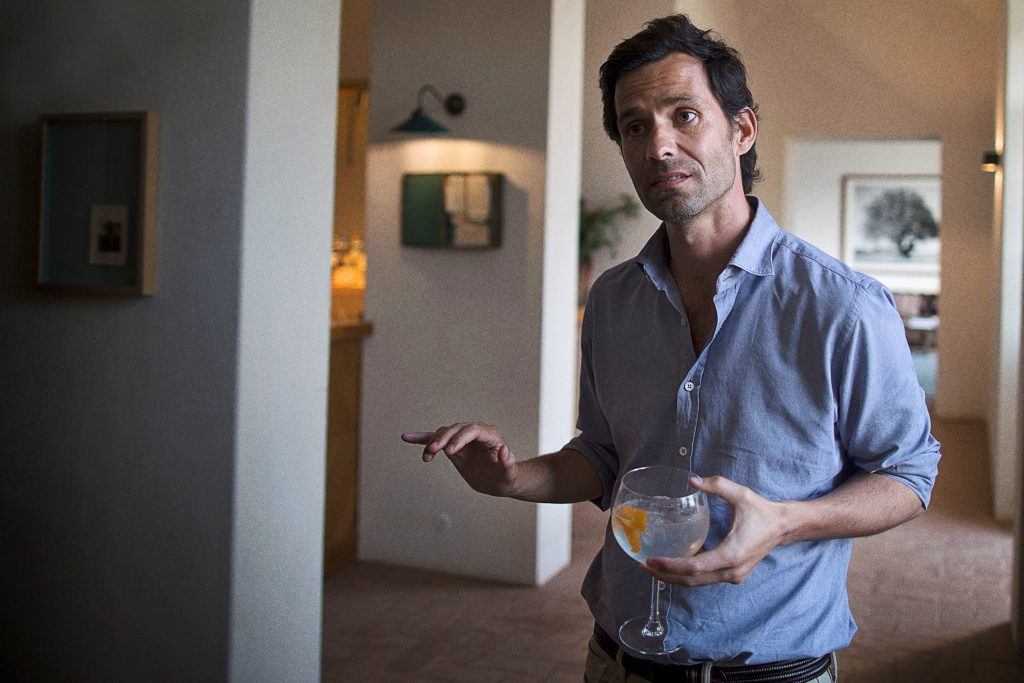
What was originally supposed to take four or five years ended up taking 14 before we opened, but it was worth it. We were very fortunate for it to become so successful so quickly, but I think that’s a reflection of the work we’ve put into it and the great people that we have working for us. There are around 100 local people involved in Barrocal now. Most of them had no idea about the hospitality industry beforehand, but we brought in the right people to create the right culture, so that it’s not just another resort, it has its own identity and sense of itself.
Alentejo is a very beautiful place, it takes up a third of Portugal but only has five percent of the population. It’s a place that never really went through industrialization, so craftsmanship still lives there and most things are still done by hand. For many years, that held it back, it was the exact opposite of a competitive advantage, but now it’s what makes it special. It’s something to be treasured. Everything there has a sense of place and of heritage. We work with hundreds of craftsman, we don’t just buy things off the shelf, and in the restaurant if we don’t produce it ourselves, it comes from someone close by. We’re only halfway there, because I think it will be another 15 years before we have the completely self-sufficient estate that I want, but we’re doing the best we can and it’s very rewarding, it’s not just some hippy ideal.
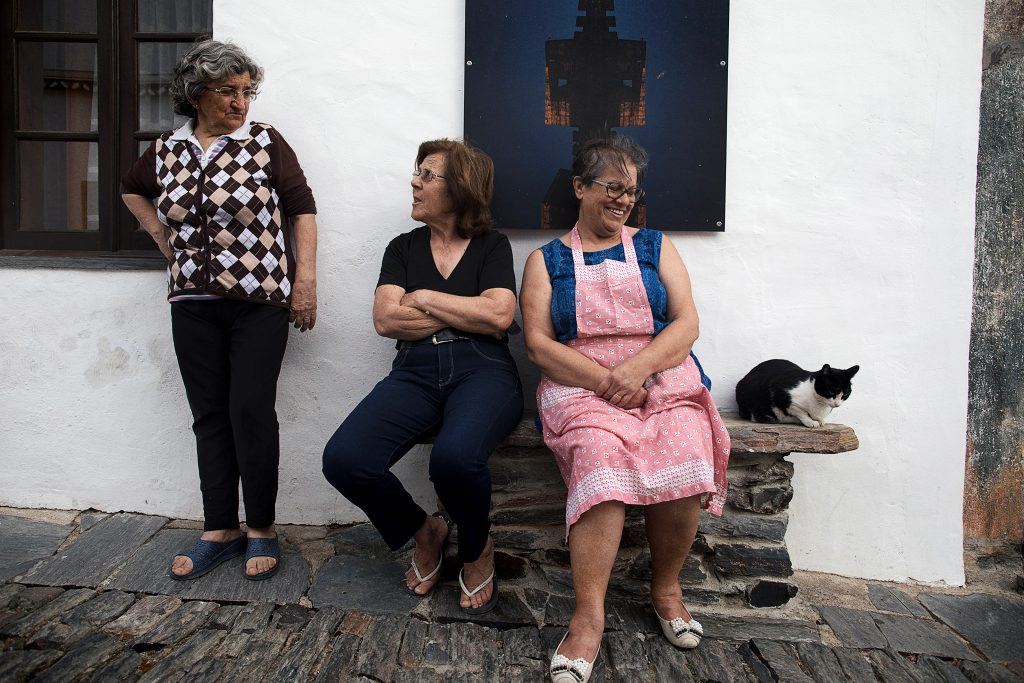
To do the things we want to do, you need time. You need 10 years to make proper wine. To create an olive grove, you need two generations, and it takes even longer if you want to grow cork oaks. That’s the sense of time that this place needs. We need to be patient, and think about things in a different way. We’re making other things that are quicker, of course, such as our own vinegars, beef, and honey, but it’s all trial and error, and it took us four years to figure out exactly what type of tomato was best suited to soil in our vegetable garden and the high temperatures that are common here in summer.
Back in the day, people understood this, but the world’s way of thinking has changed and we have to relearn this attitude. Take a bank, for example, they want to lend you money for three or four years for a business project, but that’s not the lifecycle in the countryside. We’ve just planted almond trees, and it will take a decade to get proper almonds. It’s the same with our people. It takes a long time to develop the kind of atmosphere we want with our staff. They have an innate sense of hospitality, but they didn’t study the industry in university and it takes a while to blend those local characteristics with the level of service that we want to provide.
It was all working when my family left, but within 10 years it had come apart. There were people squatting there, and if you’ve ever been to an occupied space like that, you’ll know what I mean when I say that while the ideals might have been there, the organization was not. When we got it back, we’d go there on weekends from time to time, but we weren’t a farming family anymore. We did what it took to keep the place going, but it was minimal, selling stuff to the local co-op. We weren’t trying to make anything, we were just trying to keep it from total collapse.
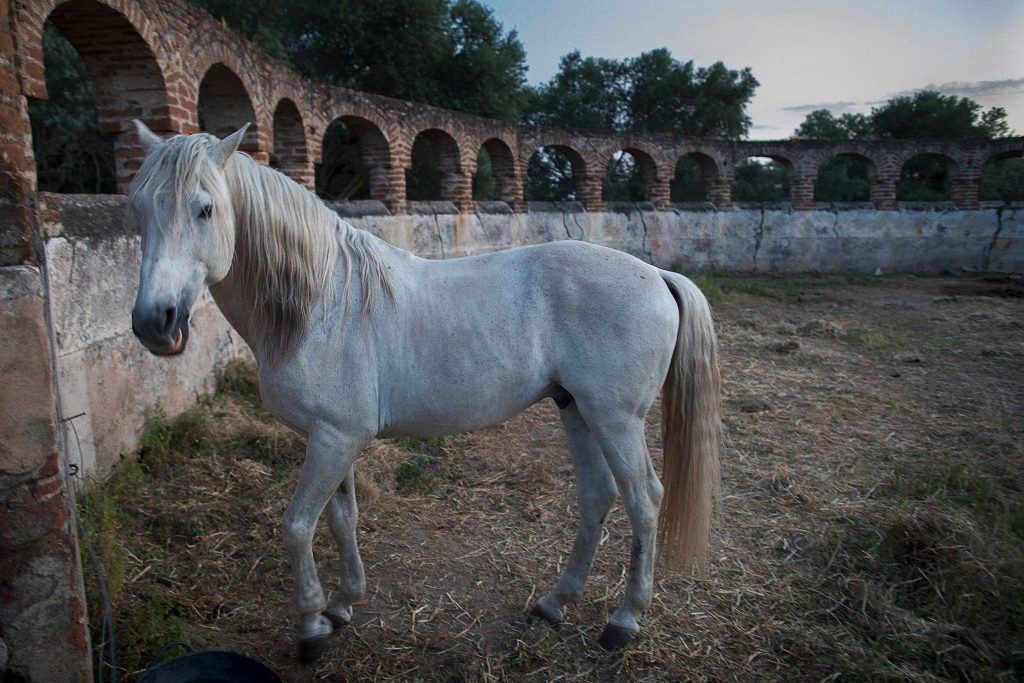
During that time I was also working with a fund, investing in and developing tourism properties. That taught me a lot about hospitality, both in terms of how the industry works, and also what I did and didn’t want to do at Barrocal. I was idealistic and I had a lot of plans, but at that point I still didn’t know what it took to develop a property of 10,000 square meters, so I was eager to work with people who had that expertise. Even to get to a basic scheme design for the property took more than two years of constant work. The scale of the effort involved was incredible. I think the architect made around eight fully designed layouts for the place before we approved one.
It took so long for it all to click. It had to happen one building at a time. The restaurant was in six different places before we found the right spot, which used to be the farm’s dog house. Animals were all on the south side of the property, so that the prevailing north wind would take the smell away. Where we have the shop, that was for chickens, but there were also pigeons, sheep, cows, horses, and pigs. It was all really well thought out. What I came to learn with time was that even though it had been built in a kind of colloquial, popular architecture, the original builders really knew what they were doing. There was a great erudition to it all, a beautiful functionality, based on generations of knowledge.
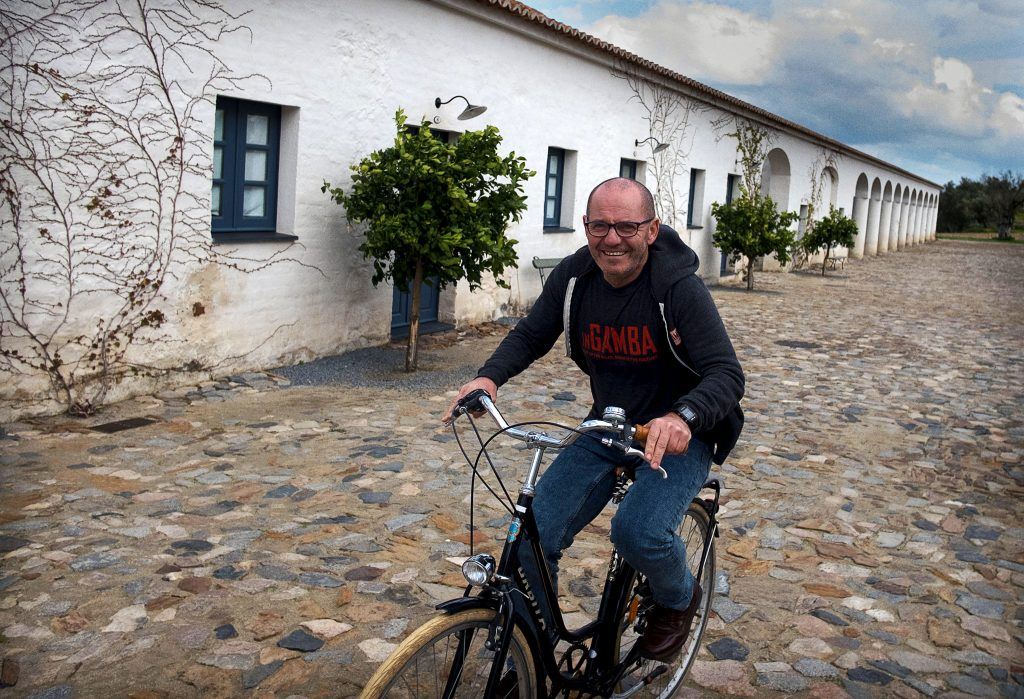
Obviously, we’ve focused more on the aesthetic aspects and brought a new refinement, but we had to keep the place’s original soul. The only basic rule we had was not to change the facades and the foundational structures. I think it’s better to be either a contemporary project or an honest refurbishment, there’s no point in creating some kind of hybrid. If you’re building from scratch, there’s no point in making buildings like ours, but if you have 250-year old farmhouses, you should keep them as they were meant to be.
Given the family connections, this might seem strange, but I didn’t do it for nostalgic reasons or the purpose of family heritage. I did it because I genuinely believe it’s a special place and I wanted to share it with others. We have a unique history and I want people to see that. It’s something that you can’t find anywhere else. I’m happy to see that people in Portugal are finally starting to value our culture and celebrate our place for what it is. In the past, many people just tried to copy and paste from abroad, but it doesn’t make sense. You can’t duplicate that cool restaurant or hotel that you saw in London. It won’t work. You have to do your own thing.
–
São Lourenço do Barrocal is a centuries-old farming estate in Alentejo, Portugal that has been lovingly brought back to life as a luxury hotel.
It is regularly ranked among the best spa hotels in the world by leading publications like Condé Nast Traveler and Monocle.
You can also read this piece about traveling in Alentejo with us here, from Tom Vanderbilt in Travel + Leisure magazine.
